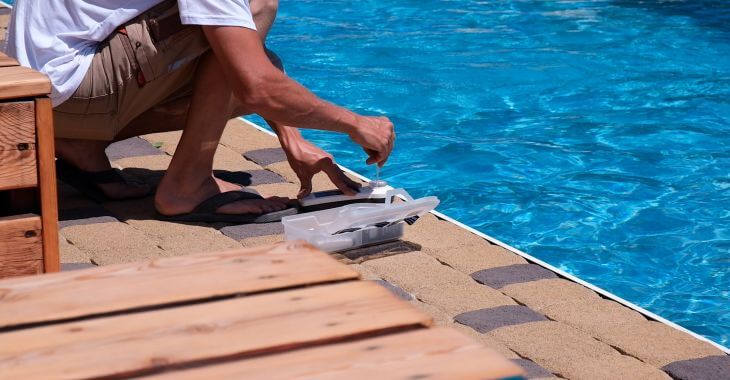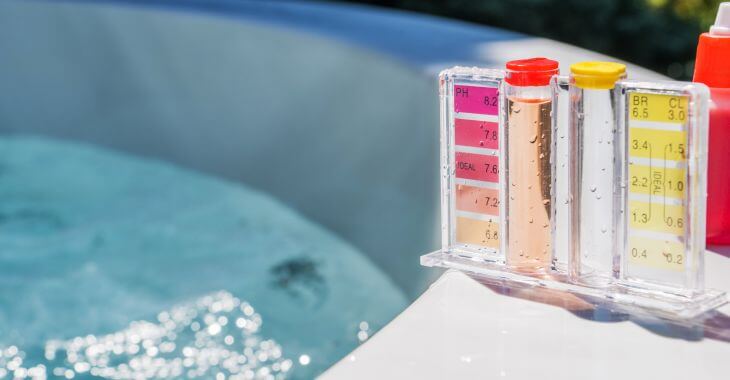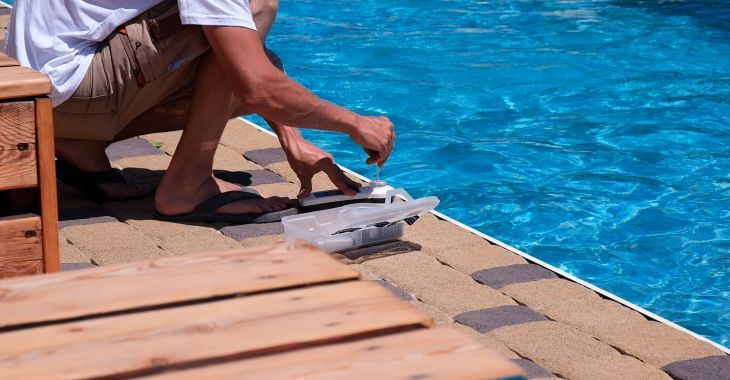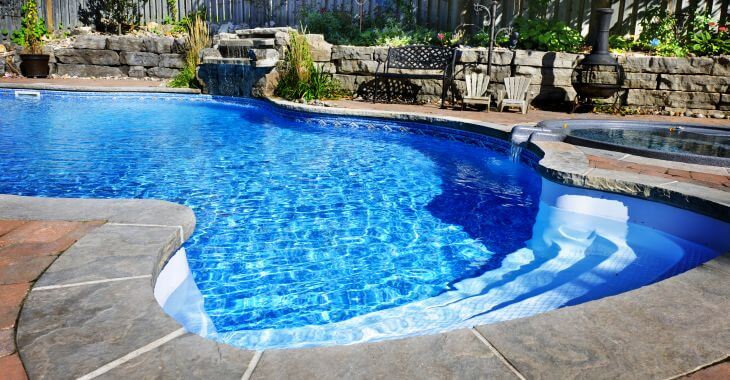Cyanuric Acid Low in Pool Water? Dangers and Remedies

Cyanuric acid (CYA) is a stabilizer commonly used in swimming pools to protect chlorine from the degrading effects of ultraviolet (UV) sunlight. While it plays a crucial role in maintaining chlorine levels, cyanuric acid low in pool water can pose significant dangers.
The Importance of Cyanuric Acid
Cyanuric acid acts as a shield for chlorine, preventing it from breaking down rapidly when exposed to sunlight. Chlorine is a key disinfectant used in pools to eliminate bacteria, viruses, and algae. Without adequate cyanuric acid, chlorine dissipates too quickly, rendering it less effective.
Low cyanuric acid in pool can impact the chlorine levels and necessitate more frequent additions to keep the pool water sanitized. Maintaining the right balance of cyanuric acid is crucial for optimizing the disinfection process and ensuring a safe and healthy swimming environment.
Correct Levels of Cyanuric Acid
The correct level of cyanuric acid in pools is generally recommended to fall within the range of 30 to 50 parts per million (ppm). This range is considered optimal for balancing the stabilizing effects of cyanuric acid without hindering the efficacy of chlorine.
Levels below 30 ppm may result in insufficient protection for chlorine against UV degradation, leading to a reduced sanitizing capacity. On the other hand, exceeding 50 ppm can result in a condition known as “chlorine lock,” where the effectiveness of chlorine is impeded.
Regular monitoring and adjustment of cyanuric acid levels, in conjunction with pH maintenance, are essential for creating a stable and sanitary pool environment. Pool owners should refer to the guidelines provided by pool chemical manufacturers and conduct periodic water cyanuric acid tests.
Dangers of Low Cyanuric Acid Levels
Managing cyanuric acid levels is a critical component of swimming pool maintenance. When levels drop too low, it can impact the safety of the pool water. The following are the dangers of cyanuric acid low in pool water”
- Reduced Chlorine Effectiveness: When cyanuric acid levels are too low, chlorine becomes vulnerable to rapid degradation by UV rays. This compromises the ability of chlorine to effectively sanitize the pool water, leading to an increased risk of waterborne illnesses and algae growth.
- Increased Chlorine Demand: Pools with insufficient cyanuric acid may experience higher chlorine demand. This means that more chlorine is required to maintain the desired sanitation levels, leading to increased chemical costs and the need for more frequent chlorine additions.
- Algae Growth: Low cyanuric acid levels create an environment conducive to algae growth. Algae make the pool water appear green and uninviting and pose health risks by providing a breeding ground for harmful microorganisms.
- Risk of Contamination: In the absence of adequate cyanuric acid, the pool water becomes more susceptible to contamination by bacteria and viruses. This poses a direct threat to the health of swimmers, as these microorganisms can cause various waterborne illnesses.
Keeping cyanuric acid at the desired level can extend the life of chlorine and protect the safety of pool water. This can save money on sanitization costs and maintain a safer swimming environment.
Remedies for Low Cyanuric Acid Levels
The good news is that it is not difficult to remedy low cyanuric acid in pool water. With a few simple remedies, excessively low cyanuric acid levels can be reversed. The following are a few ways to ensure that cyanuric acid is kept at the desired level.
- Cyanuric Acid Stabilizer Addition: The most direct remedy for low cyanuric acid levels is the addition of a cyanuric acid stabilizer. This product is available in granular or liquid form and should be added to the pool according to the manufacturer’s recommendations.
- Adjusting pH Levels: Maintaining proper pH levels is crucial for the effectiveness of cyanuric acid. If the pH is too high, the stabilizing effect of cyanuric acid diminishes. Regularly test and adjust the pH levels to ensure they fall within the optimal range of 7.2 to 7.6.
- Monitoring and Maintenance: Regular testing of water chemistry is essential for identifying imbalances and addressing them promptly. Pool owners should invest in reliable test kits and conduct tests at least once a week. This allows for early detection of low cyanuric acid levels to apply corrective measures.
- Sunblock Covers: Investing in pool covers designed to block UV rays can help reduce the rate of cyanuric acid degradation. Sunblock covers provide an additional layer of protection, minimizing the impact of sunlight on both chlorine and cyanuric acid.
By implementing appropriate remedies, such as adding cyanuric acid stabilizers, adjusting pH levels, and using sunblock covers, pool owners can safeguard the health and enjoyment of swimmers while optimizing the efficiency of their pool maintenance efforts.

Maintaining proper cyanuric acid levels in swimming pools is crucial for ensuring effective chlorine utilization and a safe swimming environment. Pool owners need to be vigilant in monitoring pool water for safety or hire a professional pool service to maintain their pool water chemistry.


